The Rasp Guide
A rasp is similar looking to a file in terms of shape, however their working faces are significantly different. They have individually raised teeth, referred to as stitches, evenly dotted over the entire surface of the working face and are used for shaping wood. Stitching can be made by machine or by hand, however it is more common to see them machine manufactured. Rasps are one of the few tools that cannot be altered by the user and the cutting parts cannot be replaced, this means that their lifespan is determined by how frequently they are used, but, when used with care, it is unlikely that you will have to replace the rasp in a lifetime of use. They can come in several different lengths, the smaller ones are usually used for finer, closer work and the larger ones for general woodwork. Some rasps have a number on which determines the number of stitches and therefore the texture of the worked surface. The lower the number, the larger teeth it has and the more material it will remove. Not all rasps have numbers, though.
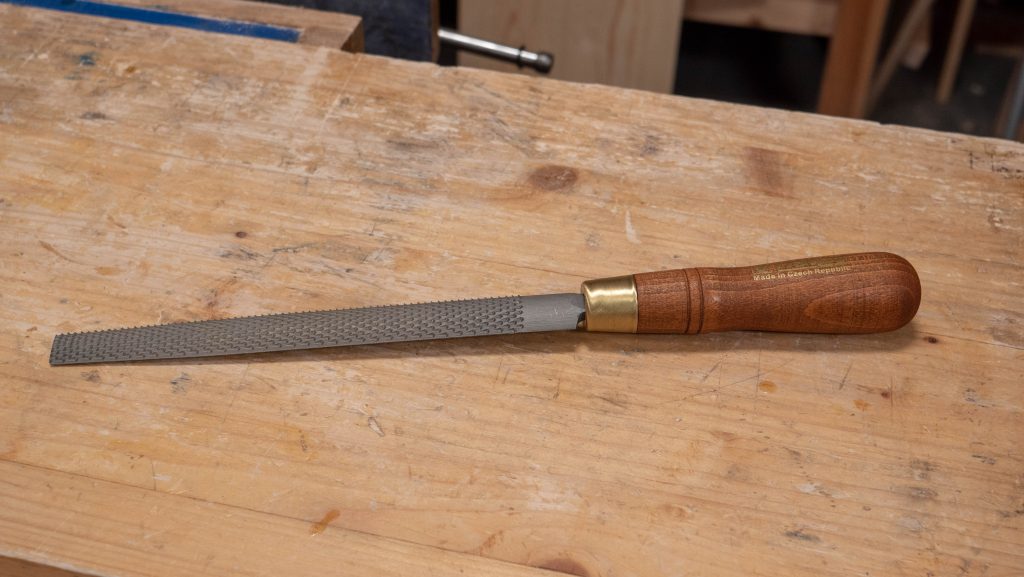
Uses
Rasps are used to remove material quickly, usually they do not produce as smooth a surface as a file. They are most useful in removing large and small bumps and for rounding sharp edges and corners. They can be especially useful in shaping end grain and other areas that are difficult to work with planes, chisels or saws. Rounded rasps are useful when working with concave areas in wood.
Terminology
- Stitching – This is the process by which a small punch is used to create indents in the steel face of the rasp which raises a part of the steel which creates a tooth. This process can either be done by machine or by hand
- Teeth – These are the small raised cutting edges on the surface
Types of Rasps
- Rasp
- Cabinet Rasp (Used for finer work, often tapered at the end to reach smaller places)
Parts of a Rasp
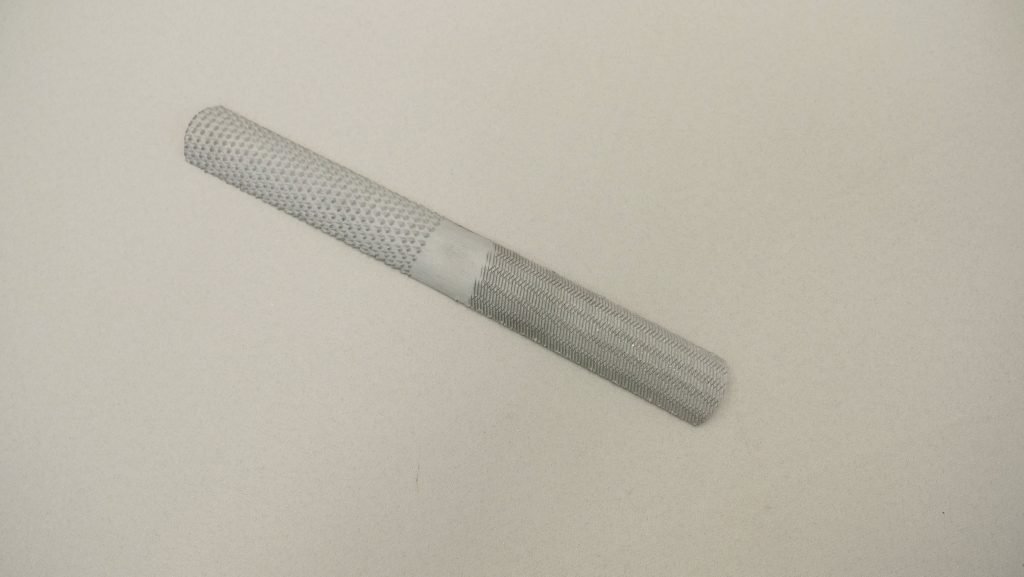
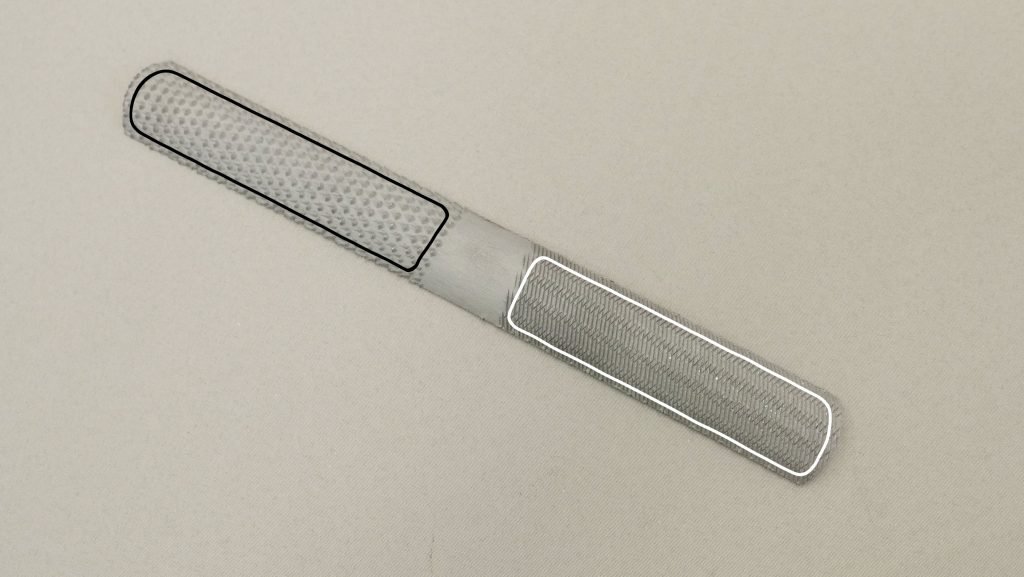
● Rasp
◎ File
Relevant Guides
-
Setting Up Rasps and Files
A rasp and file cannot generally be sharpened and do not need setting up, however you can prolong their life by taking good care of them. Most of the time the sawdust which builds up in between the teeth will be pushed out by new wood fibres, however you can clear out the gullets by…
-
Using a Rasp and File
The file and rasp are used in a similar way to each other for different tasks which can lead to confusion. Whereas the file is used on both wood and metal, rasps are used mainly on wood and stone but never on metal. The file is used to shape, refine and to smooth out surfaces,…
Further Reading
To read more on this we recommend the following from Paul’s blog:



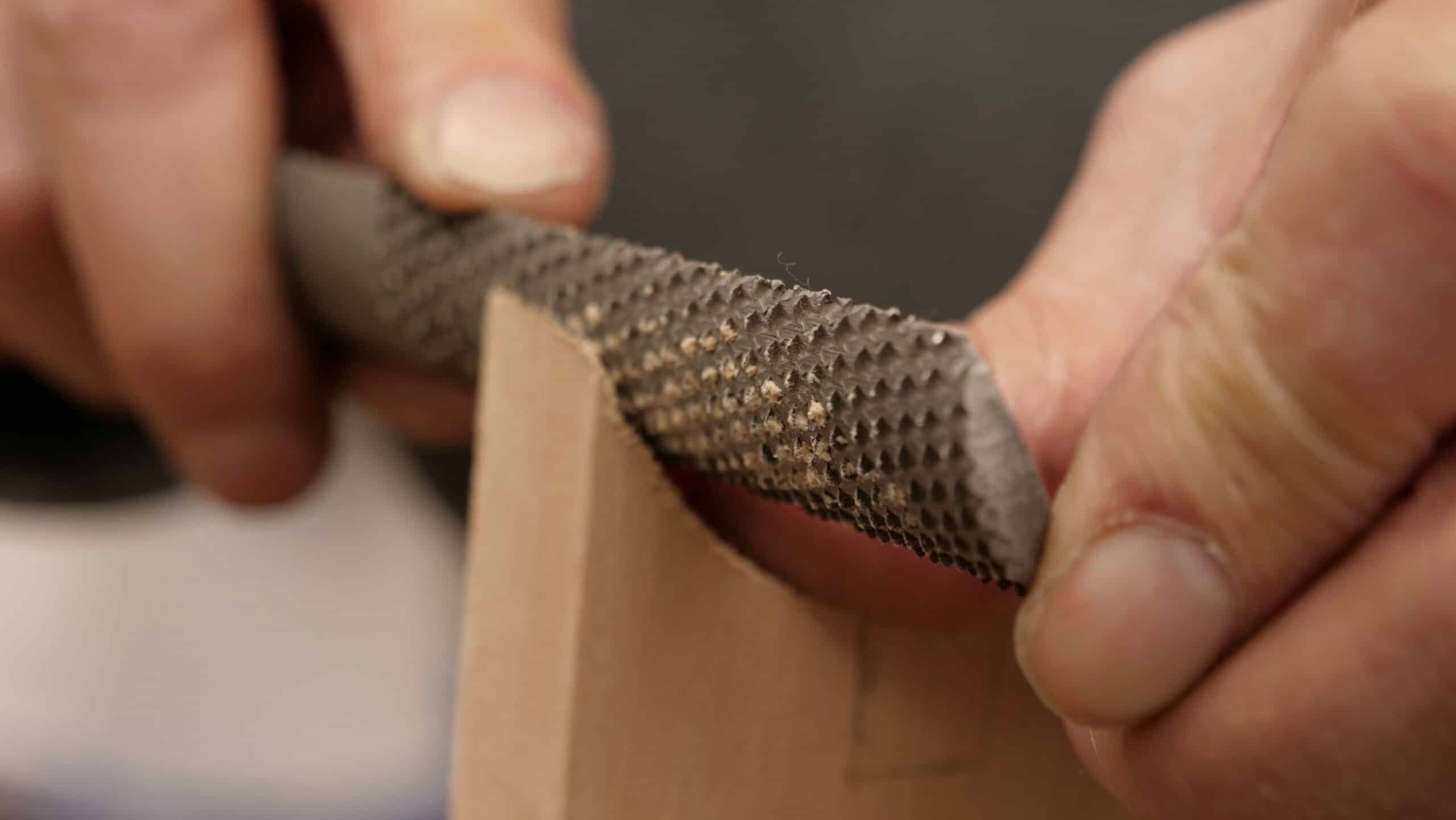
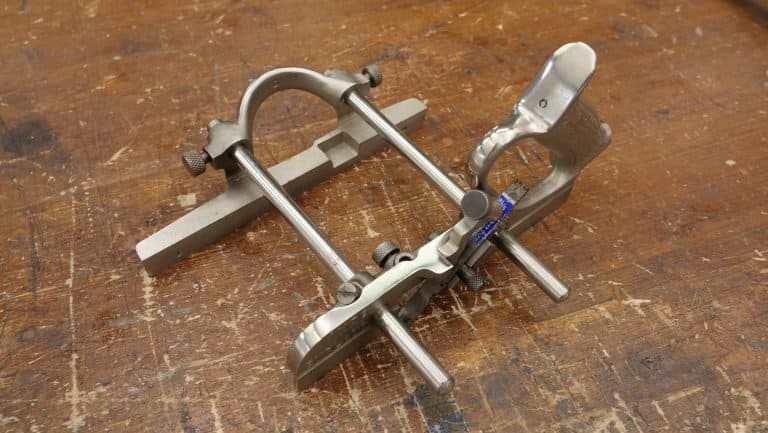
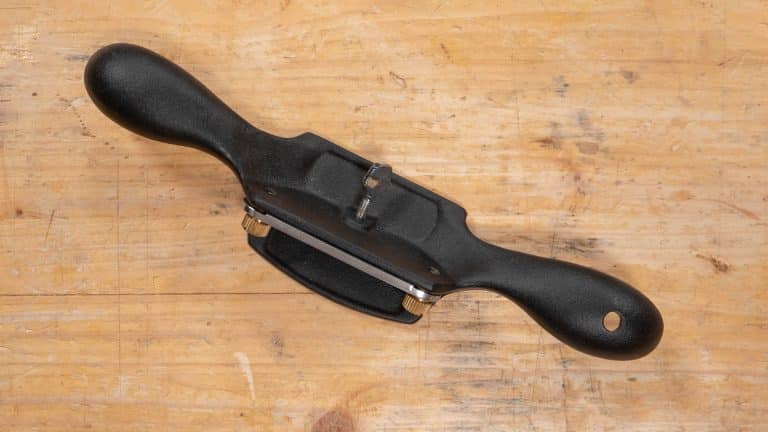
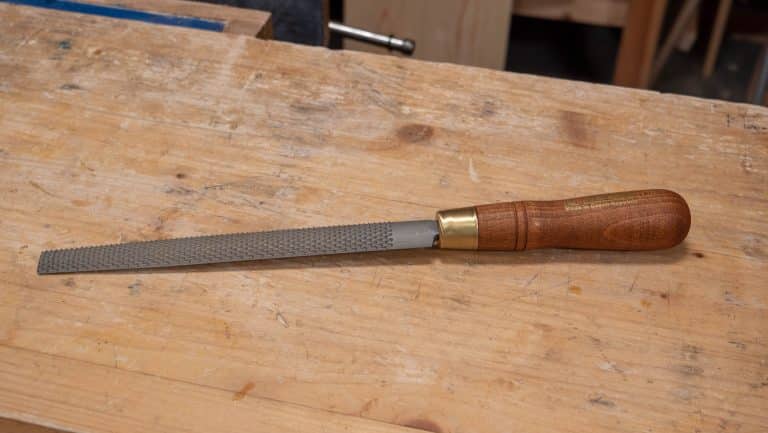
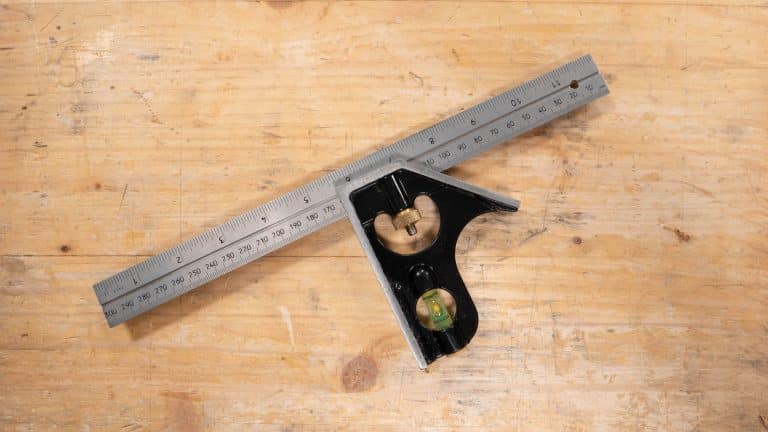
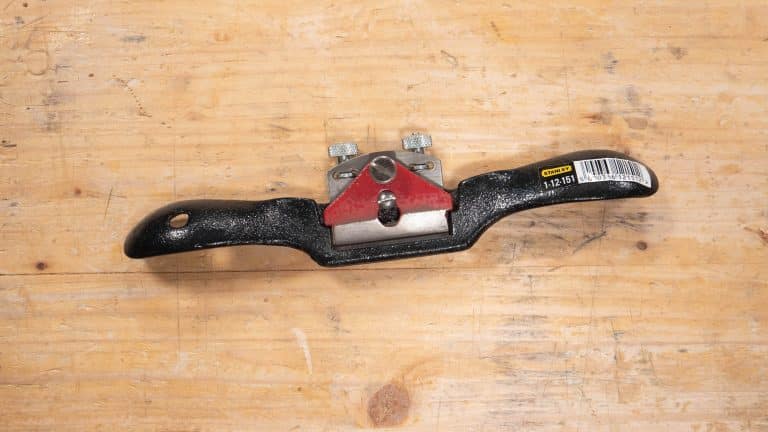
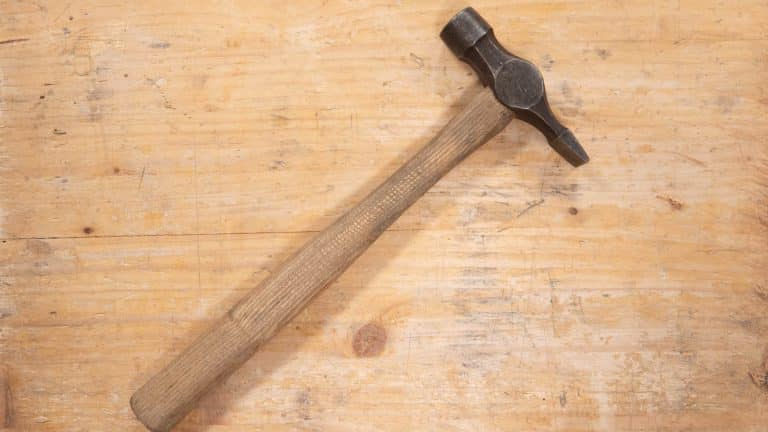
Hi!
There are some kind of rasps with no stitches but regular “linear teeth” instead… (I tried to paste a photo here but wasn´t able to).
What are they used for? I know they´re are woodworking tools since I inherited from an ancient woodworker, but don´t know how to use them… Would you like to see the photos? Please give an email address.
Hi Carlos,
Unfortunately we cannot answer this, we recommend searching online for more information about your specific rasp.
Sorry we couldn’t be of more help.
Kind Regards,
Izzy
These could well be ‘plane maker’s floats’ used for working the mouth and beds of wooden planes (the area where the blade and wedge sit). Due to the inaccessibility of these areas; a tool is required that leaves a consistent and fine finish that requires no further work, hence the linear tooth pattern.